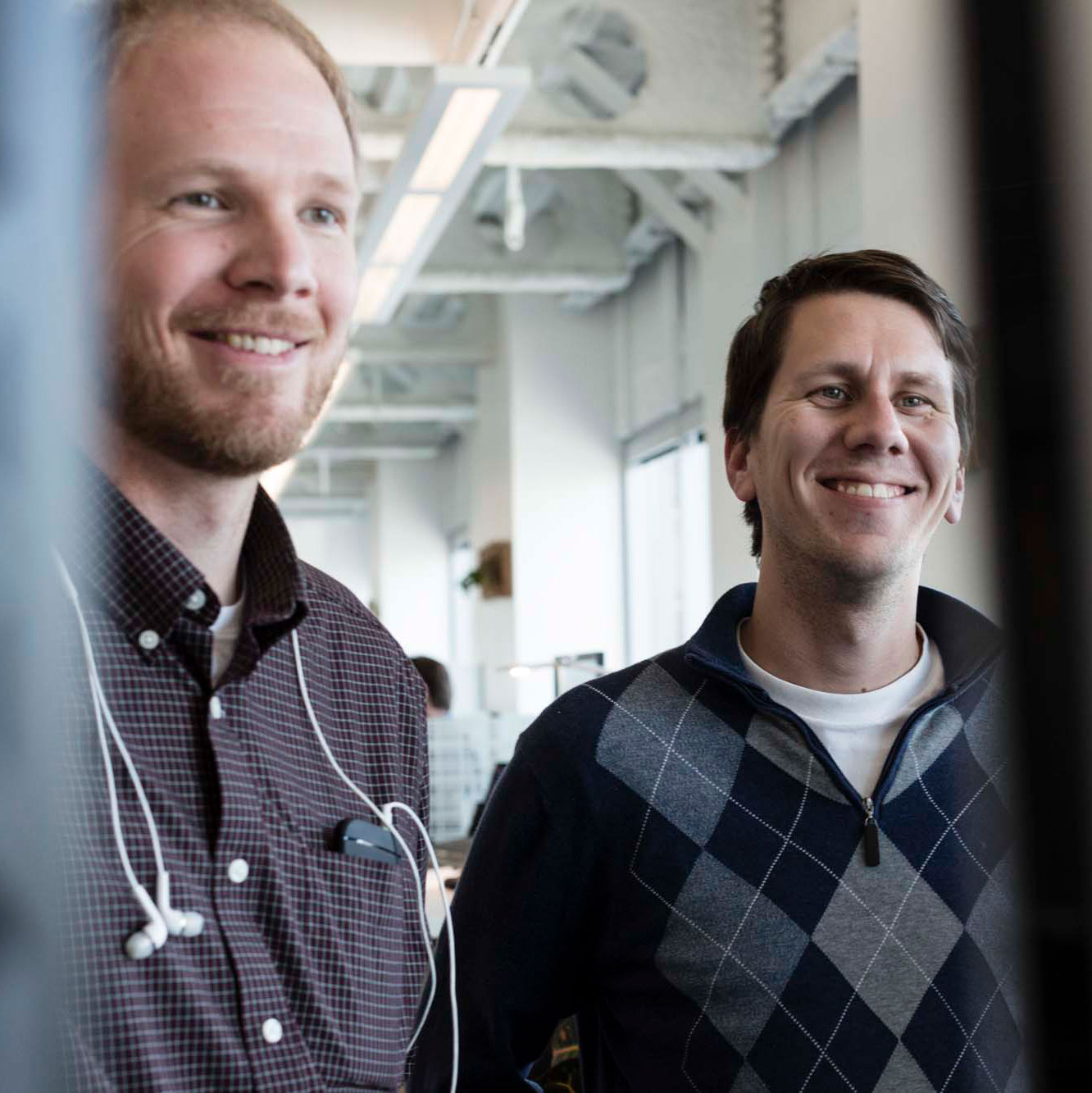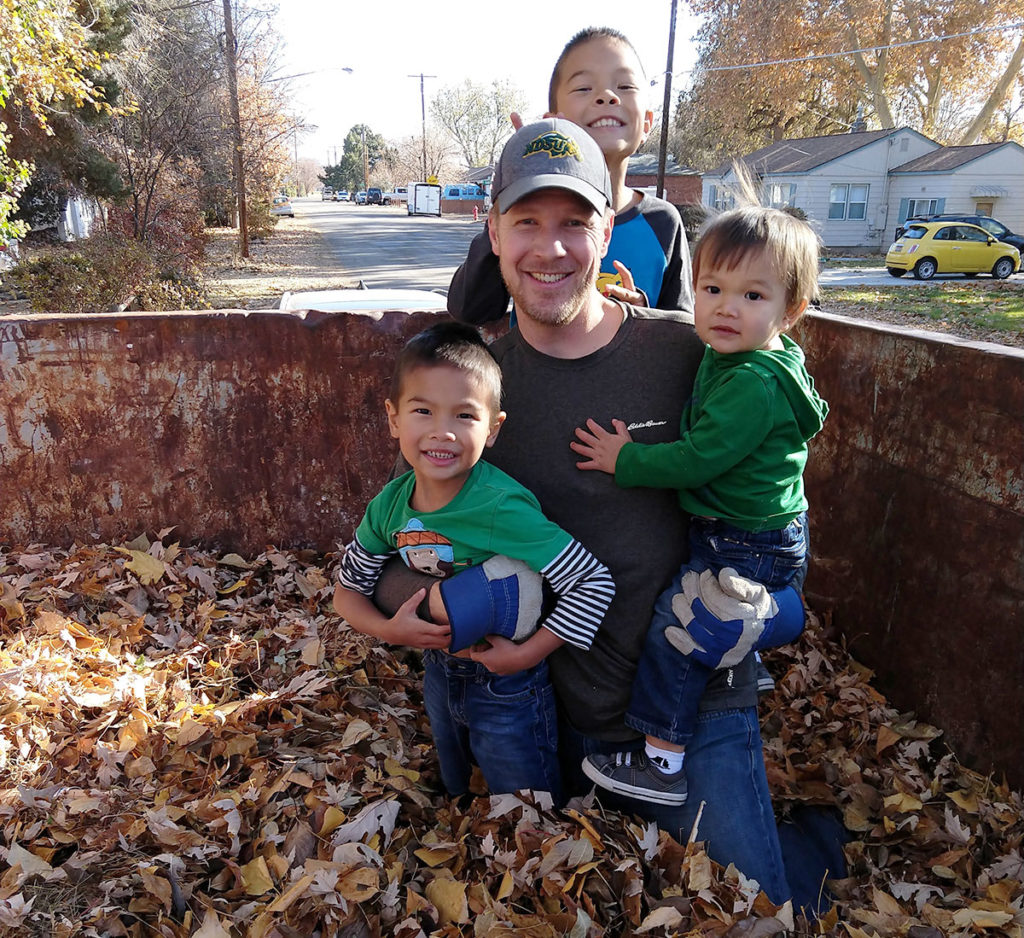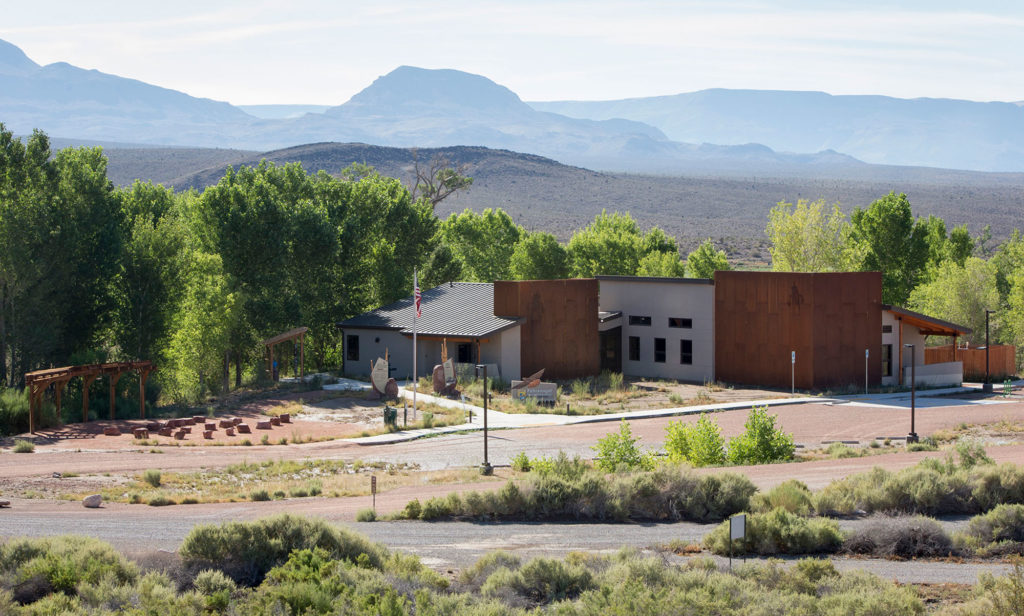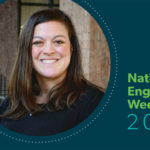#Eweek2020 Spotlight | Tim Johnson
Data-driven and service-oriented
For National Engineers Week 2020, we’re sharing stories from Cushing Terrell’s engineering talent to learn more about how they chose their profession and what makes them tick.
What inspired you to become an engineer?
My dad’s career as a physicist took us to Los Alamos, New Mexico, a town based around the national laboratory there, with all sorts of cutting-edge research and development going on. My dad’s passion for science and a few interesting internships in the area of nuclear non-proliferation set me on my path to engineering.
What is your area of expertise and why did you choose it?
I’m a mechanical engineer with Cushing Terrell’s Energy Services group and a member of our Green Advocacy Council focused on sustainable design. Early in my career, I had the chance to work on LEED projects and develop our expertise in energy modeling. I enjoy being able to understand the science behind building performance and use it to predict the impacts of design decisions long before they’re implemented. I’ve found building sciences to be very complex, leaving room for creative analysis strategies.
What is one of your favorite projects and why?
Visitor centers for national wildlife refuges are some of the most rewarding. I enjoy contributing to places I would want to bring my family to, as well as projects that provide a connection with nature and focus on conservation and resource management. The visitor center and office building we did for the Pahranagat National Wildlife Refuge is a great example. The client had a goal of achieving zero net energy consumption, which means generating at least as much energy as they consume on site. Working with the building users, contractors, and our architectural and engineering teams, we came up with a cost-effective solution that’s still generating more energy than it consumes five years after construction.

The Pahranagat National Wildlife Refuge Visitor Center in Alamo, Nevada, is a “marvel of clean energy generation and use.” Energy modeling was used with early architectural modeling to inform orientation and building massing as well as materials and systems.
Tell us something about the field of engineering that is surprising or not common knowledge.
We don’t all wear thick glasses and pocket protectors, or have poor social skills. (Note from “Cushing Terrell Staff”: Tim is super cool.)

Engineers in the house! Tim shares a laugh with colleague and fellow mechanical engineer Eric Nelson.
What piece of advice would you give a young person interested in becoming an engineer?
Work hard and don’t give up. I almost gave up on my mechanical engineering degree, but I’m very grateful I stuck with it and finished; it has opened many doors for me in life.
Are you involved in any activities that help engage students/young people in engineering?
I volunteer with Boise State University as a mentor for senior design projects. Students are given a challenging HVAC design to complete over the course of their senior year. It’s great to help students see their coursework come to life in real world applications. I’ve also interviewed students for scholarships and judged projects for the senior design showcase. It’s exciting to see the next generation of talented engineers in action.
Tim at a glance
- Mechanical Engineer
- Living in Boise, Idaho
- Defining characteristics: Integrity; if I tell you I will do something, I will do it, and if I make a mistake, I will make it right. My job is to serve people, whether they are clients, coworkers, or my family.
- Interests: My wife and I, with our three kids (ages one to eight), enjoy catching all sorts of critters and exploring the outdoors. I love whitewater kayaking when its not too cold and playing basketball when it is.

Read about the other engineers we’re highlighting for National Engineers Week 2020 as we roll out new profiles!



